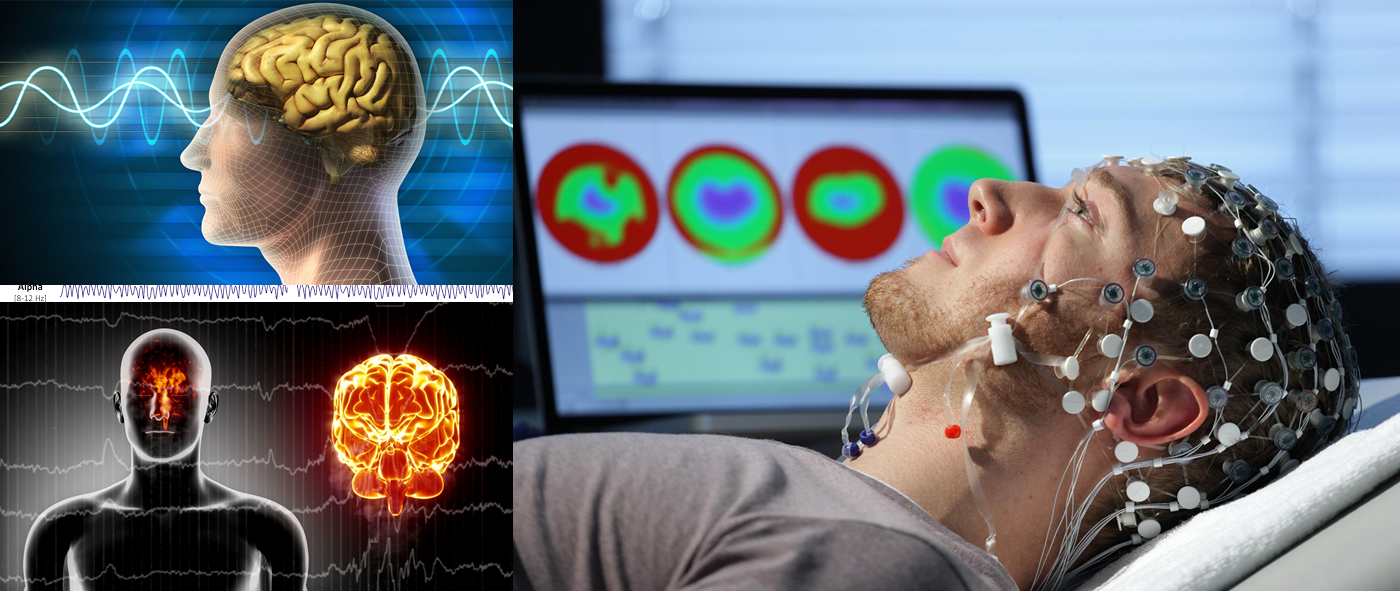
It is an electrophysiological monitoring method to record the electrical activity of the brain by measuring voltage fluctuations resulting from ionic current within the neurons (nerves) of the brain. It is a powerful tool for tracking brain changes during different phases of life.
It is typically a noninvasive test that detects spontaneous electrical activity in the brain over a period of time using small, metal discs (electrodes) attached to the scalp.
Routinely, EEG is used in clinical circumstances to determine changes in brain activity that might be useful in diagnosing brain disorders, especially epilepsy or another seizure disorder.
It is a useful tool to distinguish epileptic seizures from other types of spells, such as psychogenic non-epileptic seizures, syncope (fainting), sub-cortical movement disorders, and migraine variants, to characterize seizures for the purposes of treatment, and to localize the region of the brain from which a seizure originates for workup of possible seizure surgery. It also helps in Epilepsy treatment monitoring (weaning and dose adjustments of anti-epileptic medications).
Other clinical application include diagnosis of
- Sleep disorders
- Depth of anesthesia and coma
- Encephalopathies
EEG also helps to differentiate “organic” encephalopathy or delirium from primary psychiatric syndromes such as catatonia and serve as an adjunct test of brain death in comatose patients
A routine clinical EEG recording typically lasts 20–30 minutes (plus preparation time).



